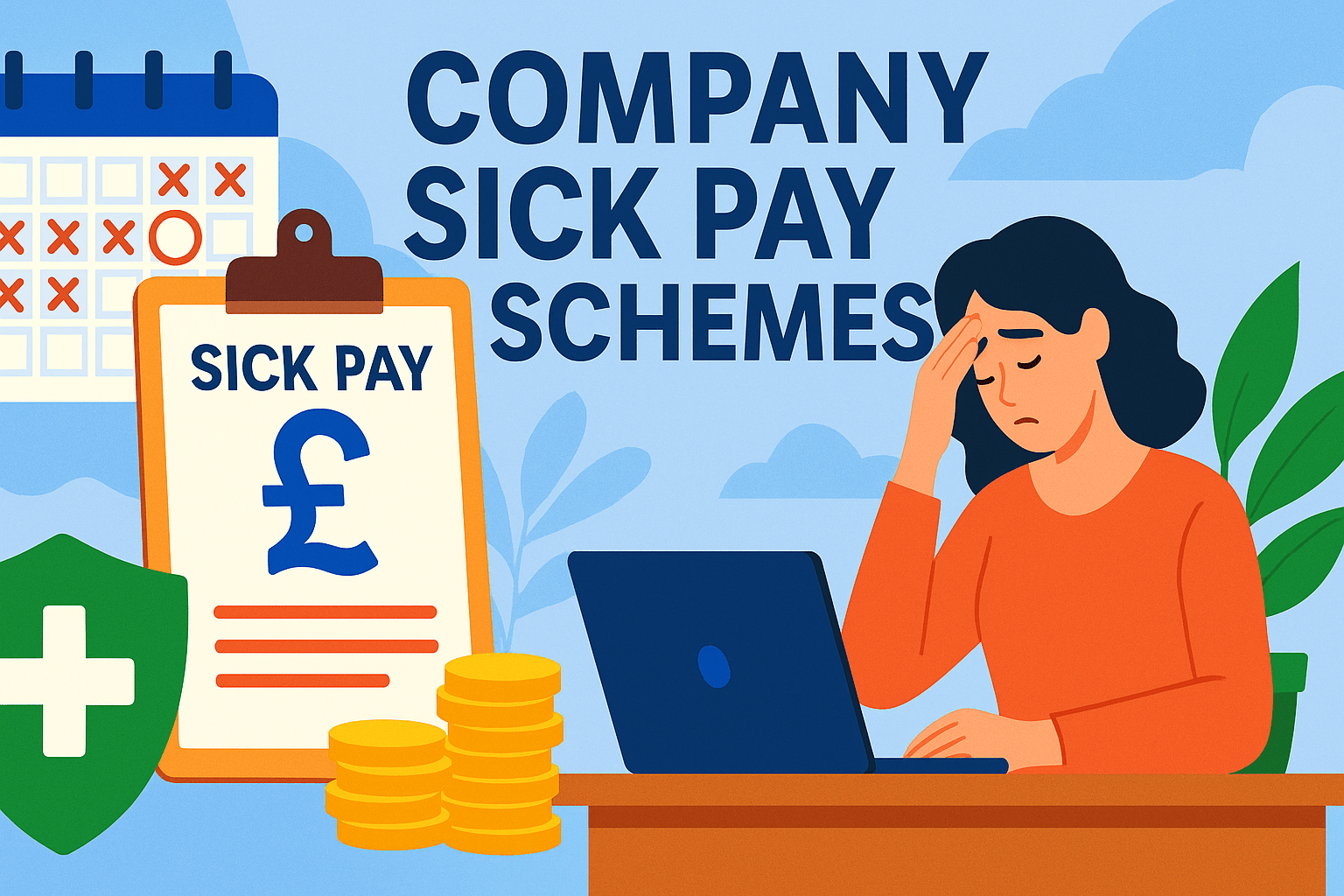When you have a large number of annual leave requests, it’s easy to lose track causing backlogs to form. Manually managing this process can be incredibly time-consuming and error-prone.
Read on for tips & tricks that will help reduce the burden of managing your annual leave backlogs:-
The Risk of Annual Leave Backlogs
It can be easy to get bogged down in the details if you’re not careful and lose sight of what matters. Manually managing this process can result in a lot of wasted time and resources, which could ultimately impact your company’s bottom line. And don’t forget that unhappy employees are always looking for opportunities to jump ship.
Manually managing this process can result in a lot of wasted time and resources, which could ultimately impact your company’s bottom line.
And don’t forget that unhappy employees are always looking for opportunities to jump ship.
What Are the Revised Holiday Carry-Over Rules?
The revised holiday carryover rules mean that instead of the annual leave balance dropping to zero on December 31 and employees losing their accrued holiday days, the government recommend to allow this leave to be carried over for the next 2 years.
And What if an Employee Doesn’t Use All Their Leave?
Then you do nothing! Carryover is automatic, and you don’t have to do much. In other words, the leave bank will remain at whatever amount they had left as of December 31.
How do I manage Annual Leave Backlogs?
The first thing you need to do is establish a process for annual leave requests.
– Manage your backlogs proactively by establishing an automated system that manages the entire life cycle of annual leave requests, approval, and scheduling. Managers should not be burdened with tasks like approving or denying leaves to focus on more strategic activities like coaching their employees.
– Whether your company uses software or a manual process, the key is to have clear responsibilities and deadlines for each task to reduce human error. Managers should be notified at least 48 hours in advance if an employee’s request has been approved so they can schedule accordingly.
– Ensure all managers are following annual leave policies and that their employees know the rules. Managers should not be imposing additional restrictions such as limiting to a certain number of hours per day or requiring advance notice unless it is part of your official leave policy.
Too Much Annual Leave Accrued: What Can Employers Do?
Annual leave is a valuable benefit that most employees greatly appreciate. Employees work long hours to earn this employee benefit, and they want to know how much leave they have accrued.
In some cases, an employer might find itself with too many employees taking too much time off from their employment, resulting in poor morale or, worse yet, excessive absenteeism.
Fortunately, an employer can take steps to reduce the amount of accrued leave on its books without violating state or federal law.
What is “Annual Leave”?
An employee uses annual leave for any purpose during the leave period – holiday, illness, or something personal. However, to be paid while on leave, an employee must have accrued the leave following the employer’s rules. Annual leave is different from sick leave or personal time off.
Annual Leave Program and Accrual Rate
Employers with ten or more employees should establish and maintain a written policy regarding an annual leave program for their employees. Employees must be informed of the terms of an employer’s annual leave policy before they become eligible to participate in the program.
Employers are free to decide the accrual rate for their employees but are not permitted to discriminate against any employee because of race, sex, or other discriminatory factors.
Plans that provide for different rates should be objectively determined and administered so that every eligible employee receives equal rights under the plan. Once an employer decides on the plan, the employer should administer the program without favouritism and ensure that all employees receive equivalent benefits.
Employers may establish a separate accrual rate for annual leave and holiday. For example, an employer might allow three weeks of holiday and eight hours of annual leave per month (or 96 hours).
Conclusion
Manually processing records of employees’ leaves is a time-consuming process that often leads to errors or delays in the outcome for individual workers. Leave management software can be a great solution when it comes to managing annual leave backlogs and bottlenecks. It can help you automate many tasks in your company, from data handling to monitoring employee performance.




